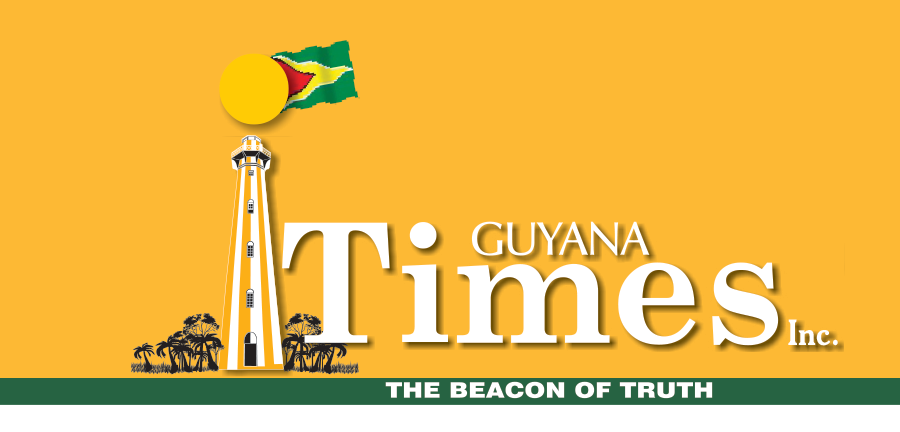Exxon Mobil Guyana Limited (EMGL) is currently in the sole expert phase of attempting to resolve the dispute it has with the Government over the US$214 million that was flagged by the first cost oil audit of its expenses between 1999-2017. On Tuesday, Exxon Mobil Guyana Vice President (VP) John Colling, in his first local media briefing, was asked about the status of the cost oil audits into the company’s expenses. British company IHS Markit had audited Exxon and its co-venturers for the period 1999 to 2017, and had flagged US$214 million in cost oil expenses as disputable.

The 2016 Production Sharing Agreement (PSA) signed by the former A Partnership for National Unity/Alliance For Change (APNU/AFC) Government had provided for a sole expert to be given a chance to resolve the controversy. According to Colling, they are still in that phase.
“That is one of the provisions. And I think that has been made public. And we work through that process, co-operatively, with the Government. As prescribed under the petroleum agreement,” Colling explained. The executive also noted that they remain in constant communication with the Government on the issues raised in the audits. This includes submitting whatever additional information is being requested by local authorities.
“So, the audits; it’s a common process under our petroleum agreements all around the world. We’re working very closely with the Government and our consultants on all three audits. It’s very common, as part of that process, for exceptions and questions to be raised. That first audit covers a very long period of time. From 1999 to 2017. So, there’s actually a lot of information that we need to go through with the Government. And it’s a lot of back and forth that occurs, under a process that is prescribed under the Petroleum Agreement.”
“So it is, from my perspective, something that’s worth taking the time to go back and forth with the Government, to find a resolution that is acceptable for everyone. And that’s precisely what we’re doing, and we’re following the process under the Petroleum Agreement. Working co-operatively with the Government to come to a resolution,” Colling added.
ExxonMobil has been present in Guyana since 1999, and initiated exploration activities in 2008. According to the provisions of the 2016 PSA, 75 per cent of gross revenue goes to cost oil, while Guyana receives a total of 14.5 per cent from the remaining revenue and royalty, and Exxon earns 10.5 per cent. In order to ensure value for money, the People’s Progressive Party Civic (PPP/C) Government has been auditing Exxon’s cost oil expenses, to ensure that only valid expenses go into the cost bank.
In 2019, British firm, IHS Markit, conducted an audit of EMGL’s cost oil expenses incurred between 1999 and 2017 from its operations in Guyana, and flagged US$214.4 million as questionable costs.
At present, the two sides are expected to head into arbitration.
Meanwhile, there are two more oil audits of Exxon’s expenses in Guyana.
In the second audit, done by a consortium of local and international firms, VHE Consulting, for the period 2018 to 2020, Exxon has responded to the audit findings.
According to Natural Resources Ministry in one of its updates on the matter, VHE is responsible for reviewing this response, as part of its contractual obligations, and that process was ongoing. Moreover, VHE Consulting also won the contract to conduct the third cost oil audit for 2021 to 2023.
Meanwhile, under the new conditions of the model PSA that the PPP/C Government has implemented, the cost recovery ceiling has been lowered from 75 per cent to 65 per cent. This is in addition to including terms for all future PSAs to feature the retention of the 50-50 profit-sharing after cost recovery; the increase of the royalty from a mere two per cent to a fixed rate of 10 per cent, and the imposition of a 10 per cent corporate tax.
Additionally, Guyana stands to benefit from as high as US$20 million signature bonuses for the deep-water blocks, and US$10 million for the shallow-water blocks, based on the model PSA.
Discover more from Guyana Times
Subscribe to get the latest posts sent to your email.













